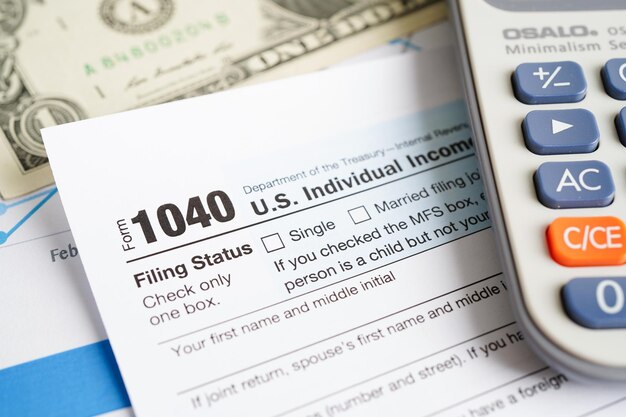Explore the Path to Homeownership with a USDA Rural Development Loan
Dreaming of owning a home in a tranquil, rural setting? The USDA Rural Development Loan may be the key to turning that dream into reality. This unique financial solution aims to bolster the economies of rural areas by facilitating homeownership. Wondering how to qualify for a USDA loan? Let’s unlock the steps and help you navigate this fantastic opportunity.
Understanding USDA Rural Development Loans
A USDA Loan is a mortgage option provided by the United States Department of Agriculture, designed to encourage residents to settle down in rural and suburban areas. Typically offering zero down payment, competitive interest rates, and reduced mortgage insurance costs, these loans are a lifeline for low- to moderate-income individuals or families aiming to plant roots in less populated regions.
Key Qualifications for a USDA Loan
Qualifying for a USDA Rural Development loan involves meeting specific criteria set by the USDA. Here’s what you need to consider:
Location Matters
Eligibility largely hinges on your desired property’s location.
The USDA has a detailed map outlining eligible rural areas. If you're eyeing a home in a bustling city, this loan might not be for you. However, numerous suburban areas around small cities and towns qualify.
Income Requirements
USDA loans target low-to-moderate income households.
Your total household income must not exceed 115% of the median income of your desired area's county. The USDA provides tools to help prospective borrowers assess their income eligibility based on their family size and location.
Credit Score Consideration
While the USDA doesn’t set a minimum credit score, most lenders look for a score of 640 or higher. This score qualifies applicants for the lender's automated underwriting process. Lower scores might still be acceptable, but they’ll often require manual underwriting and additional financial documentation.
Stable Employment and Income Proof
Lenders seek proof of stable income.
This typically means having a steady employment history of at least 24 months. Self-employed applicants might need to present two years of tax returns to show financial stability.
Primary Residence Requirement
The property you’re purchasing must serve as your primary residence.
Investment properties or vacation homes do not qualify for USDA financing.
Next Steps and Considerations
To kickstart the process, obtaining a pre-approval from an authorized USDA lender can provide a clearer picture of your borrowing capacity. It also signals sellers that you are a serious buyer. Remember, a USDA loan isn’t the only arrow in your quiver when exploring government aid programs.
Other potential avenues include:
- FHA Loans: Attractive for low-to-moderate income buyers with low down payment options.
- VA Loans: Offer benefits to veterans, active-duty service members, and their families.
- State-Specific Programs: Various state governments provide assistance programs tailored to local buyers.
Embracing More Financial Opportunities
Exploring USDA loans can be the first step towards a broader understanding of financial aid available for aspiring homeowners. Government aid programs aren’t confined to housing needs but stretch across diverse sectors, from educational grants to debt relief options, offering a web of support that can make financial goals more attainable.
Embracing Other Financial Tools
- Credit Counseling Services: For those aiming to improve their credit scores.
- Student Loan Forgiveness Programs: Particularly beneficial for public service employees.
- Debt Consolidation Solutions: Help manage existing debts under a single payment plan.
The journey to homeownership in rural areas through a USDA Rural Development Loan opens the door to more than just housing benefits. It can illuminate a pathway to other financial tools and resources, guiding you towards a more stable and secure financial future.
Financial Assistance Programs To Explore 🌟
- USDA Rural Development Loans: No down payment, low-interest options for rural housing.
- FHA Loans: For low-to-moderate income buyers with less stringent credit requirements.
- VA Loans: Exclusive benefits for veterans and service members.
- State-Specific Housing Assistance: Tailored support programs for local buyers.
- Credit Counseling Services: Essential for improving credit health.
- Debt Consolidation Plans: Simplify debts under a unified scheme.
- Student Loan Forgiveness: Relief plans for public service workers.
